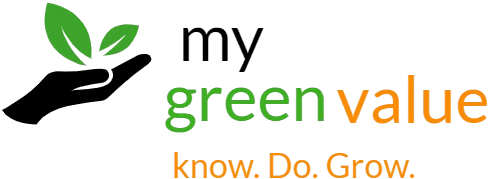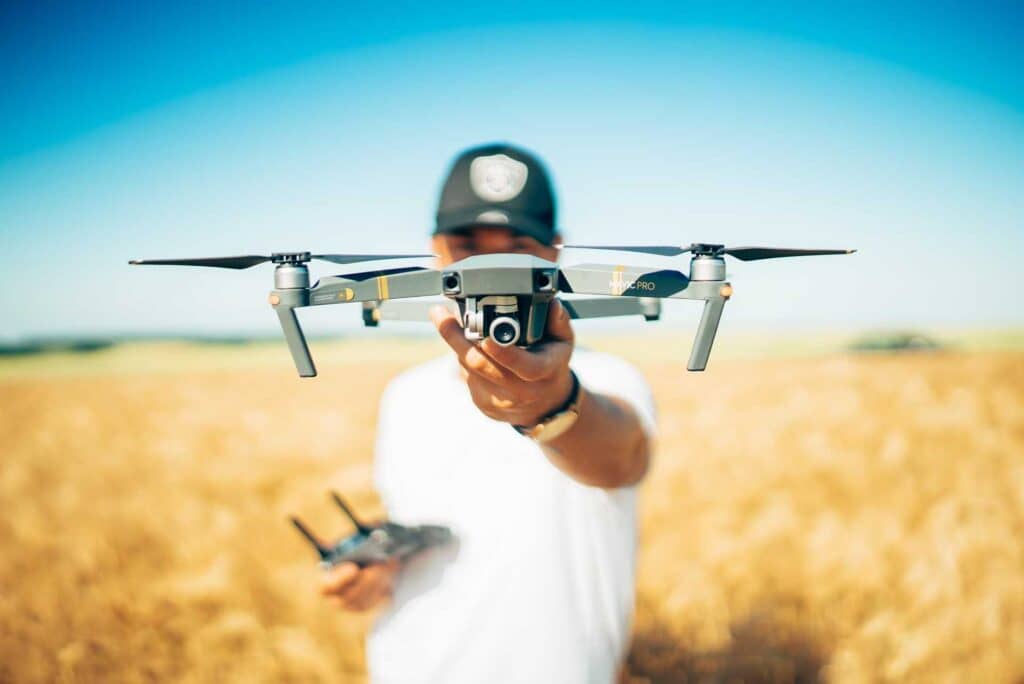Smart agriculture is the future of modern farming as we know it. The world is constantly changing mostly for the better and ease of life thanks to the ever-increasing advancements in science and technology.
Modern machines, software, sensory equipment, communication systems, and robotics can now also be applied in agriculture to ease work, raise yields, avoid catastrophes, and minimize human labor.
Developed countries like the Netherlands, USA, Norway, Japan, and China are using technology in agriculture production to maximize yields. Other countries like the United Arab Emirates are already using modern farming systems like indoor urban farms to grow crops in the desert.
With the evolution of smart agriculture, the sky will be the limit. Everything will be possible. This could be one of the solutions to ending global hunger and ensuring food availability for all.
Contents
What is smart agriculture?
This refers to farming that utilizes modern technologies in crop and animal production to maximize yields and efficiency while also reducing on human labor requirements. Farms that carry out smart agriculture are called smart farms.
The internet of things is also used in smart agriculture. This is a collection of network-enabled and connected devices, machines, or appliances. They can be connected via the internet, Bluetooth, near field connections (NFC), or WIFI and perform different actions but controlled at a central unit like a phone or laptop. They are also called smart devices.
A living example is home systems like Google Home or Amazon’s Alexa devices which constitute devices like thermostats, cameras, speakers, and TV all connected together and controlled by an app on the phone.
In smart agriculture these can constitute; a drone, sensors, thermostats, a robot, and computerized systems for irrigation/ lighting all connected and controlled together using an app on a phone or tablet.
The internet of things (IoT) is now widely used and it will revolutionarise agriculture as we know it in the near future. The number of IoT smart farms is increasing daily and soon this will be a worldwide normal application.
Technologies used in smart agriculture.
Smart farming utilizes a number of different technologies and these include:
1. Software applications
There are thousands of applications out there that we use in our daily lives on our gadgets like phones, laptops, tablets, and many are developed each passing day. Among these are those that are developed specifically for agriculture purposes for example; farm forum platforms, weather applications, automatic animal and crop diagnostics apps, and weather databases.
Smart farms use these applications majorly for communication, knowledge, diagnostics, and data analytics.
2. Robotics and drones
These are artificially intelligent automatic machines that can be programmed to certain work. They are equipped with software and information that allows them to visualize, analyze, interpret, and execute activities.
Robots and drones can do extreme tasks that humans cannot do. They are also used to increase efficiency where it would require a large amount of manpower to perform certain work.
Advantages of robots and drones in smart agriculture.
In smart agriculture, robots and drones can be used to;
- Monitor plant growth and health by moving in the field, collect information and sending to a center.
- Keep security on the farm; by having motion sensors and cameras.
- Apply treatment to farm crops and premises like pesticides, herbicides and fungicides.
- Monitor animal health and growth by ensuring that their needs are met and identifying sick animals.
- Monitor field conditions like humidity, temperature to ensure proper crop and animal growth.
- Carryout remote farm diagnostics for example if a farmer is away and urgency is needed at the farm.
- Control hazards like fire by having alarm systems and anti-fire systems.
- They can also be used to plant crops in the field
3. Farm machines
These have been here for a long time and are getting improved each passing day so that a single machine can carry out a variety of farm tasks at the same time.
Examples include; combined harvest and planter tractors, tilling tractors, produce drying machines, milking machines, juicers, weeders, irrigation machines and sowing machines.
These can also be programmed using software to do the work automatically covering other aspects like duration, amount of work, precision, and direction like robotics and drones.
4. Information systems
These are aggregate systems that collect, process, store and distribute data/information. They are majorly computerized and data can be retrieved on demand any time anywhere.
The internet, computer networks and company databases are all examples of information systems out there.
Information and knowledge can be accessed using laptops, computers and mobile devices like phones/ tablets.
Smart farms use these systems to get knowledge which they use in decision making by looking at trends, symptoms, signs, environmental parameters, weather and climate changes, among other records contained in information systems.
Smart farmers are therefore able to make accurate informed decisions in their daily activities thus maximizing yields and avoiding catastrophes.
5. Communication systems
These are used to relay messages from one point to another. They can be physically connected like using wires, optic cables or remotely connected for example phones, and the internet of things.
Effective communication is the paramount in smart agriculture. Smart farms have integrated communication systems and IoT connected devices which helps to ease management of different farm units.
Information can also be transmitted amongst individual farmers so that they can unanimously help each other.
6. Sensory equipment
These include monitoring equipment for: temperature (thermostats), soil, water, wind, and light which can be installed at various points to measure those parameters.
The results of these are used in decision making to;
- Predict certain natural calamities like drought, tsunamis or storms.
- Measure conditions in storage facilities to ensure proper storage.
- Measure parameters in animal houses to ensure proper health and growth
- Ensure adequate plant growth in green houses/ indoor farms and plants in the field.
7. Geographical systems
Geographic information systems (GIS), mapping, location, positioning and landscaping are used in smart agriculture to establish: farm topography, plant cover, water resource mapping like ponds, drainage, field infestation rates and to know the acreage of individual plant or animal units.
Aerial visual images are usually acquired using drones having sensory and GIS equipment and these are interpreted for decision making.
Advantages of smart agriculture
The advantages of smart agriculture are very numerous most of which are covered in the content but here are the major ones.
1. Automation and efficiency
Smart technologies use modern equipment which can be programmed to carry out tasks on their own easing farm work. They can also do a large amount of tasks fast, accurately and timely improving the overall efficiency at smart farms. They also reduce labor costs where a large number of humans can be required to carry out particular farm operations.
2. High yields and profitability
Smart farms like indoor urban farms are able to produce a large amount of crops per unit area resulting in high profits. Smart technologies can also be used to avoid control; diseases, pests, and natural calamities like floods, storms or drought.
3. Security
Sensors, Cameras, drones, used in smart farming can not only be used to monitor crop and animal growth but also to keep the farm safe from thieves and also fire.
4. Climate smart agriculture
Farming activities are affected by climate change which causes extreme weateher calamities like droughts,floods, tsunamis. On the other hand farming activities also contribute to climate change by reducing forest cover and emiting green house gases.
According to the food and Agricultural organization, Climate smart agriculture (CSA) is an approach to help people who manage agricultural systems respond effectively to climate change.
The world bank further elaborates that CSA, aims at 3 major outcomes;
- Increase food productivity to curtail hunger and food insecurity
- Improve crop and animal resilience to drought, pests, diseases and natural calamities
- Reduce the emission of greenhouse gases.
Using smart farming technologies is their imperative towards achieving climate smart agriculture objectives to ensure sustainability for all.
5. Precision farming
Smart agriculture technologies ensure that plants and animals get the exact amount of nutrition and comfort for proper growth. Agricultural out puts can also be measured per unit area thus maximizing farm inputs and outputs.
Bottom line.
Smart agriculture is the future of farming and is a practice that should be adopted by farmers because of its astounding goodness. Step by step, one equipment at a time or adoption entirely one can become a smart farmer today.
Smart farming has great potential for efficiency, productivity, precision, and sustainability which can make agriculture profitable and feed the ever growing global population. Notwithstanding the environmental benefits associated with smart agriculture like; efficient utilization of resources like water, smart agriculture is the real deal.

